We are there
For vulnerable communities in remote, high mountain valleys across Central Asia, lives are changing.
The challenge: Globally, at least 400 million people lack access to essential health services. Every year, more than five million children die globally before their fifth birthday largely due to preventable or treatable illness, and this risk is twice as high for children born into poverty. Risks are also high for women: the proportion of women who do not survive childbirth is 14 times higher in the developing world than it is in developed countries like Canada.
Moreover, global nutrition statistics indicate that almost half of deaths in children under five are linked to poor nutrition, and 790 million people worldwide do not have the calories they need to reach their full potential. Access to and uptake of health and nutrition services are also often hindered by gender, social, cultural, and financial barriers, which have implications for lifelong well-being and productivity.
Our solution: We harness the longstanding work of the AKDN with communities and village organizations to enable people – particularly those living in geographically remote areas – to optimize their health and well-being and reach their full potential.
Our programs help people make healthy choices and get quality care when an issue arises – even in remote areas. We promote public and community health awareness, teach and train health professionals of all kinds, and improve health facilities, ranging from basic rural clinics to specialized centres for treatment and research on a global scale. We work with communities to encourage positive health and nutrition behaviours, improve access to nutritious crops, and integrate nutrition into health systems. We aim to build efficient, appropriate, and sustainable health systems, and improve the health and nutritional status, especially for vulnerable groups like women and children.
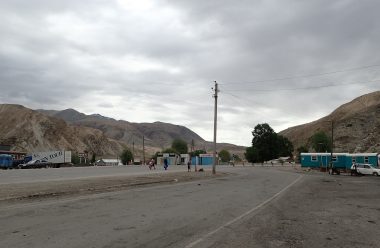
For vulnerable communities in remote, high mountain valleys across Central Asia, lives are changing.

East Africa is facing a growing threat: By 2030, cardiovascular diseases are expected to surpass infectious diseases like malaria and HIV/AIDS as a leading cause of death in the region.
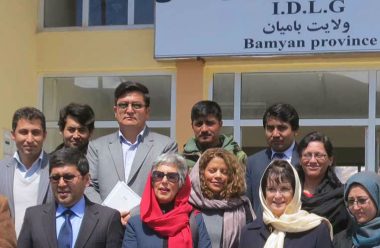
Earlier this month, Deborah Lyons, Canadian Ambassador to Afghanistan, and Nurjehan Mawani, Diplomatic Representative of His Highness the Aga Khan to Afghanistan, met with Governor Tahir Zohair and local officials in the province of Bamyan in Northern Afghanistan.
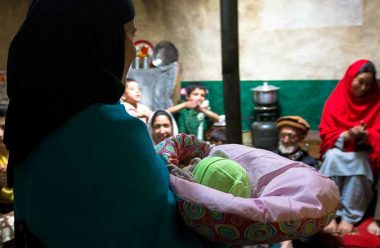
Four years ago, Laya Hoor took a walk through the village of Ghulmet, on the banks of the Hunza River. The craggy peaks of northern Pakistan’s mountain ranges rose around her on all sides, so high that they skimmed the clouds drifting by.
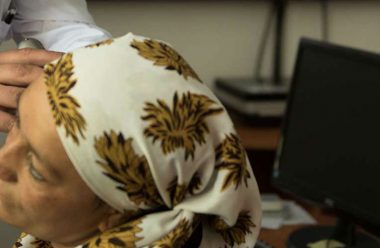
When Mavjuda required an ear exam, she paid a visit to Dr. Akmal Abdulmajidov in the small town of Khorog, Tajikistan.
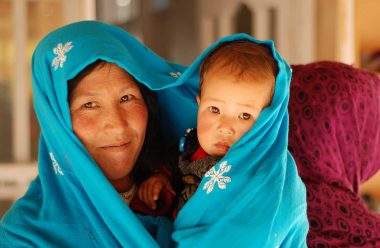
A healthy body and mind are fundamental to a good quality of life. In Canada, we have the building blocks of good health: nutritious food, clean water, sanitary living conditions, and access to medical care.
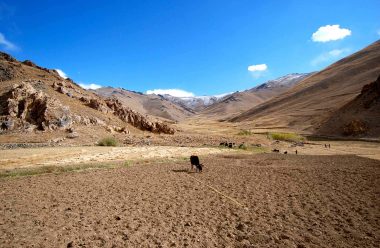
Building strong foundations for children is key to the future of our world. To help children reach their full potential, families need nutritious food, sanitary living conditions, and quality healthcare – right from the start.

In his rural home in the Kyrgyz Republic, Kurbanaliev Abutalip crouches in front of a makeshift work bench and spreads out his materials: scraps of wood, empty plastic bottles, nails, hammers, screwdrivers, and a saw.
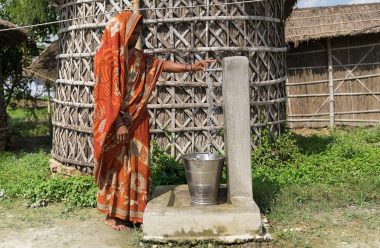
March 22 marks World Water Day. Most Canadians use water every day without thinking twice: to quench thirst, prepare meals, and bathe. But in the developing world – where clean, safe water can be scarce – these simple daily routines put lives at risk.